The More You Do the More It Comes To You: Lee Steen and the Tree People
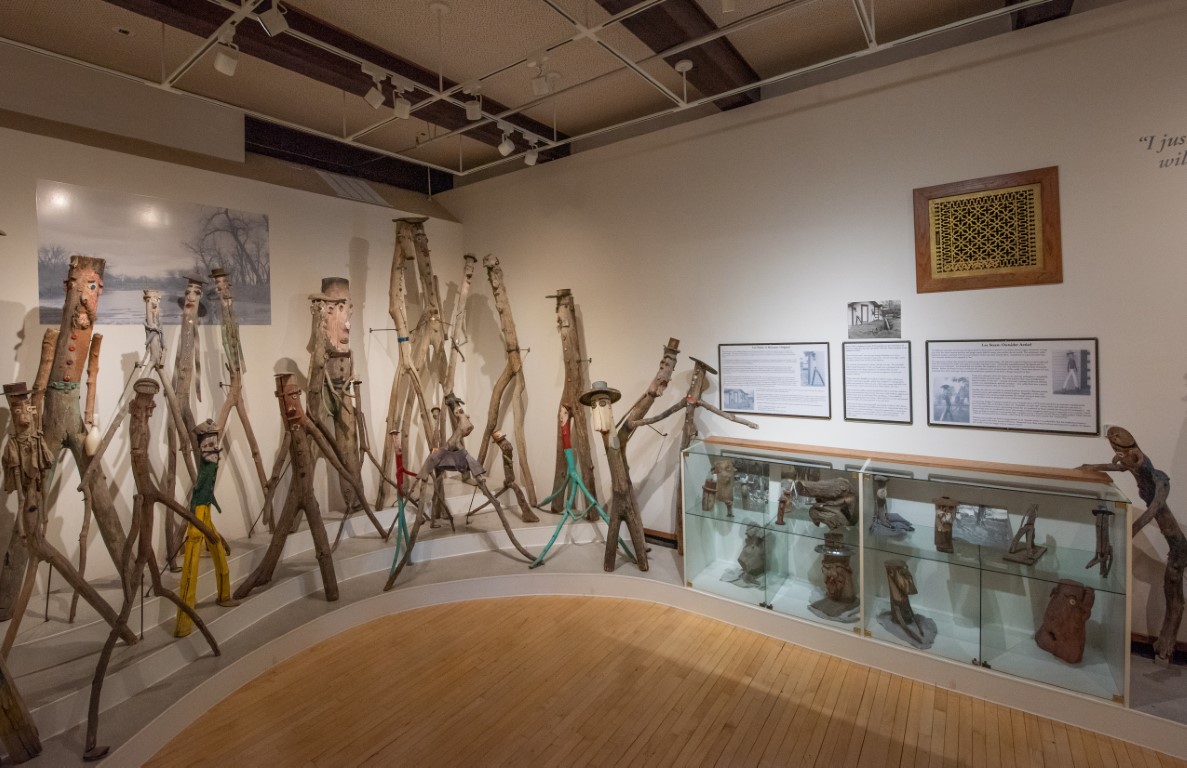
In the tiny town of Roundup, Montana, from the 1940s through the 1960s, Lee Steen and his twin brother Dee created a sprawling roadside exhibit of sculptures made of discarded trash and cottonwood tree branches gathered from around their property. Born of imagination, necessity, persistence, and resourcefulness—in other words, all the ingredients of creativity—this visionary environment would become the brothers’ legacy.
The Steen brothers were born in 1897 in Kentucky, but grew up in Roundup. While Lee spent his young adulthood in Washington working for the railroad and the Works Progress Administration, his brother Dee served in both World Wars. The two men both moved back to their hometown in the 1940s, where they lived on the same property.
On the banks of the Mussellshell River, Lee gathered cottonwood branches of immense size—some six, eight, ten feet long, or even longer. He carved faces into the knots and bark of these branches that occurred to him when looking up at the branch while it was still attached to the tree. Handmade hats, scarfs, and other accessories made of various scrap metal and trash would also get attached to the branch, and the resulting statue would be propped up vertically along the highway that ran by the Steens’ property.

Sometimes, the branch didn’t need any more help to make its face more apparent to the eye of someone who wasn’t the statue’s creator. In such cases, Lee would simply stand the branch upright beside its fellow Tree People, as his creations came to be called. He also sculpted mechanical animals out of scrap metal.
The Steens sold the statues to locals and passing motorists for five or ten dollars apiece. Many passersby were from out of state, and in this way Steen’s statues were scattered across the country. As a result of this transactional migration, it’s a delightful impossibility to know where you may someday encounter a Tree Person in your travels.
While driving through Roundup in 1970 on their way to parts East, young friends and artists James Todd and John A. Armstrong encountered the Tree People and were intrigued enough to investigate. Todd was an art student at the University of Montana who eventually became professor at his alma mater. Armstrong was to go on to become the director of the Yellowstone Art Center in Billings (renamed later to the Yellowstone Art Museum). The two men asked Lee Steen, at this point in his seventies, about his influences. Who were the artists who inspired him in his own work?
Lee reportedly did not point to anyone in particular. He instead explained, “It was just something to do. It come to me that I could see a man just by looking up in a tree. I’d cut him down and trim him out so he had two legs and two arms, and put a face on him with crayon…some of them I just marked out to make a nose where he’d been sawed off on a slant. I think about it and then I go out and see if I can find what I see in my mind, looking up into the trees. The more you do, the more it comes to you.”
Fluffy clouds that look like fish, dogs, or bears. The man in the moon. The ability to perceive familiar images in unfamiliar places, or the human tendency to attribute human qualities to inanimate objects, both stem in part from a phenomenon called pareidolia (from the Greek “para” for beside or instead of, and “eidolon” for image, form, or shape). Pareidolia is the tendency to impose meaning on some kind of nebulous stimulus (usually visual) so that one sees objects, patterns, or meaning where there is none.
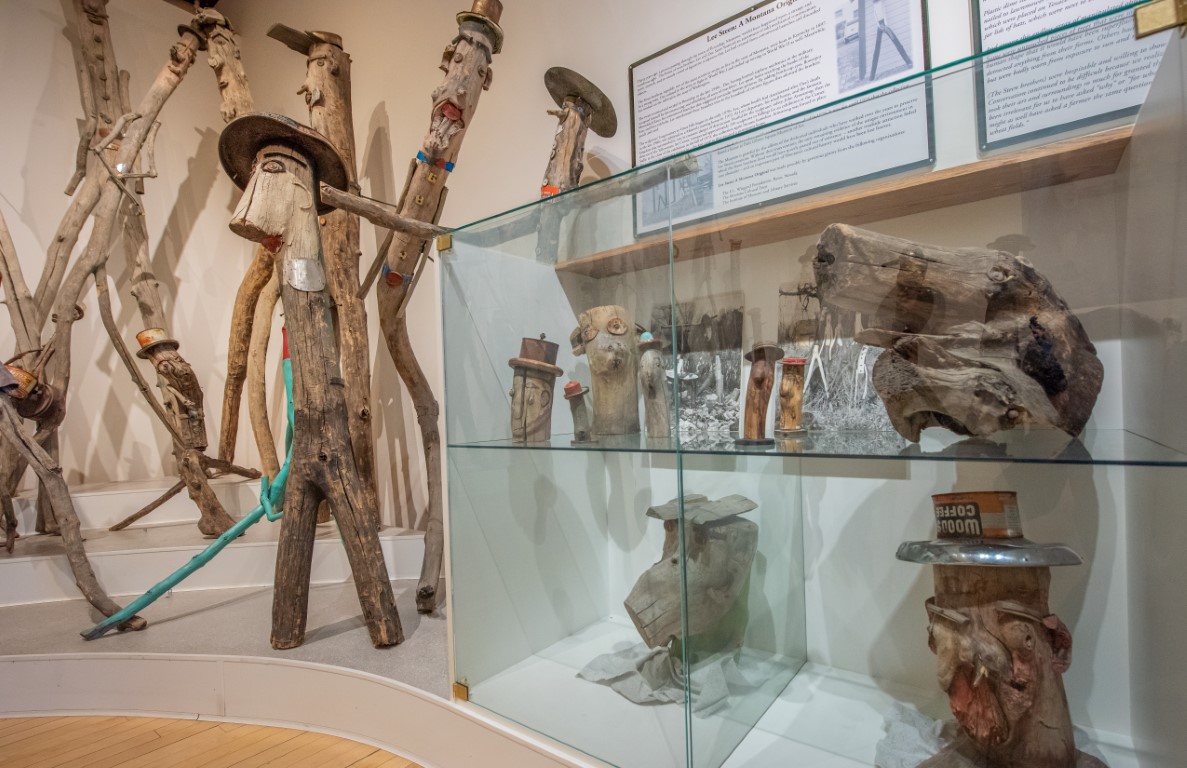
Kids do this all the time; think of a child’s drawing of a house, where the windows look like eyes and the door resembles a mouth opened wide in surprise.
Lee Steen specifically is categorized as an “outsider artist” on Wikipedia, for what it’s worth. Coined by an art critic in 1972 to differentiate the work of conventionally trained artists from that of self-taught artists, the term “outsider art” or art brut (“raw art”) seems to be more of a marketing ploy than anything.
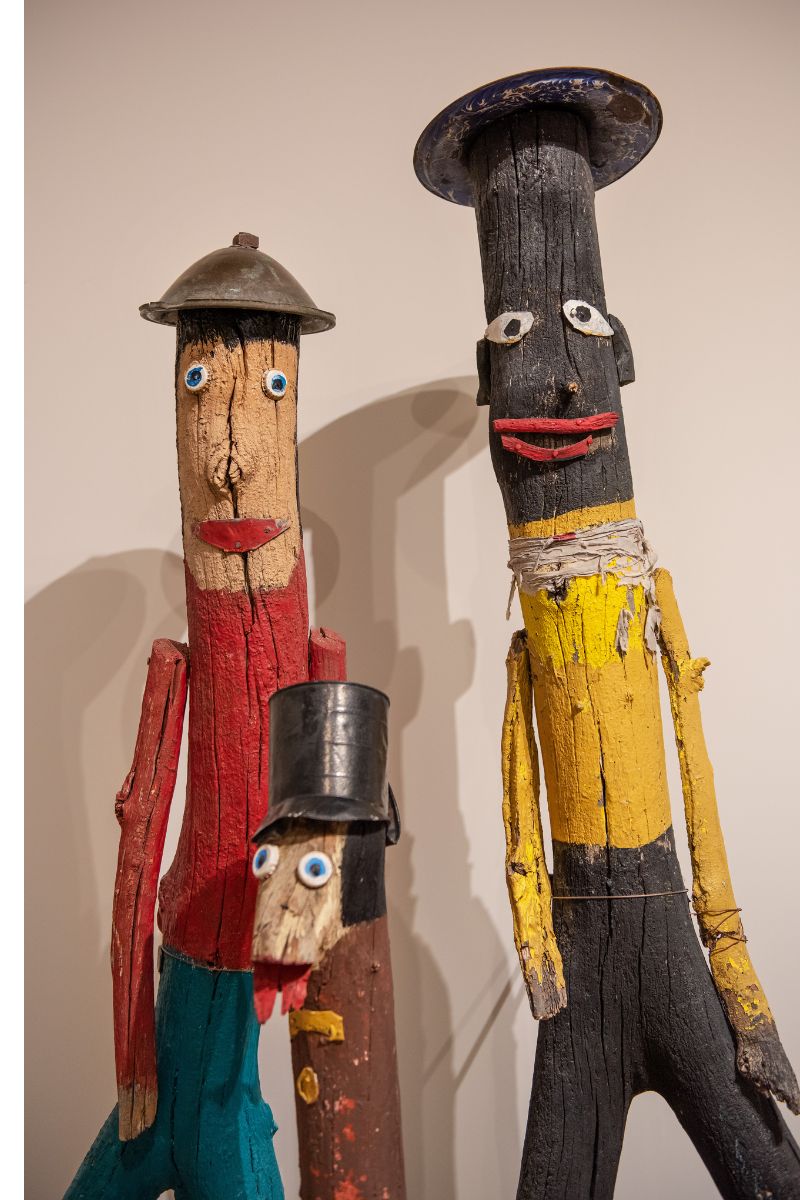
The words “conventional art” bring to mind a certain kind of hotel room blandness, and there are certainly works of art that surprise, shock, and push boundaries less than others. At the same time, one person’s convention is another’s nightmare. Considering too that outsider artists are defined as such in many instances for their atypical life experiences—as spiritual hermits, psychiatric patients, and people otherwise living on the margins—it makes a certain kind of sense that the rest of world pathologizes the creative output of people who have rejected conventionally acceptable ambitions and lifestyles.
Infinitely more interesting than deducing a person’s mental state from the creative work they produce is to simply appreciate that work for what it is. When conventionally trained artists Todd and Armstrong encountered the Tree People for the first time, they did appreciate the Steens’ work, despite the “ordinariness and even mundane quality of [their] conversation” with the two brothers. They appreciated the work so much, in fact, that they organized a 1973 exhibit of Lee Steen’s statues at the Yellowstone Art Center, three years after Dee passed and the same year that Lee passed away in a Missoula nursing home, where he had been living since the year before.
Most outsider artists acquire fame posthumously, so it could also be argued that outsider artists are those who create for themselves, not for an audience. But is this a fair definition? It seems more a generalization than anything else. In the program for the Lee Steen exhibit, Todd wrote that the Tree People were “the results of activities practiced by an individual with a compulsion to create and share his view of the world in order to better understand his surroundings.”
Art was for Lee more than a hobby. It was necessary, a compulsion. But he also didn’t keep it to himself. He shared it, displayed it on the side of a state highway, and sold his statues for five bucks apiece. Just as art is in the eye of the beholder, perhaps it takes a “beholder” to make an “outsider artist.”
When Lee left Roundup for the last time, his daughter Sharon offered her father’s body of work to the Yellowstone Art Center to spare it being dismantled by vandals back in Roundup. Perhaps it was around this time that the animal sculptures assembled of scrap metal disappeared forever, as these never made it to Billings with the 240 or so cottonwood branch statues.
Despite agreeing to an exhibit, the Yellowstone Art Center declined to keep Steen’s statues in their permanent collection. Armstrong reportedly stored the Tree People in a chicken coop for several years, until the newly opened Paris Gibson Square Museum of Art in Great Falls agreed to assume stewardship of the statues. The Lee Steen Collection remains on permanent view at the Paris Gibson Square at 1400 1st Avenue North in Great Falls.
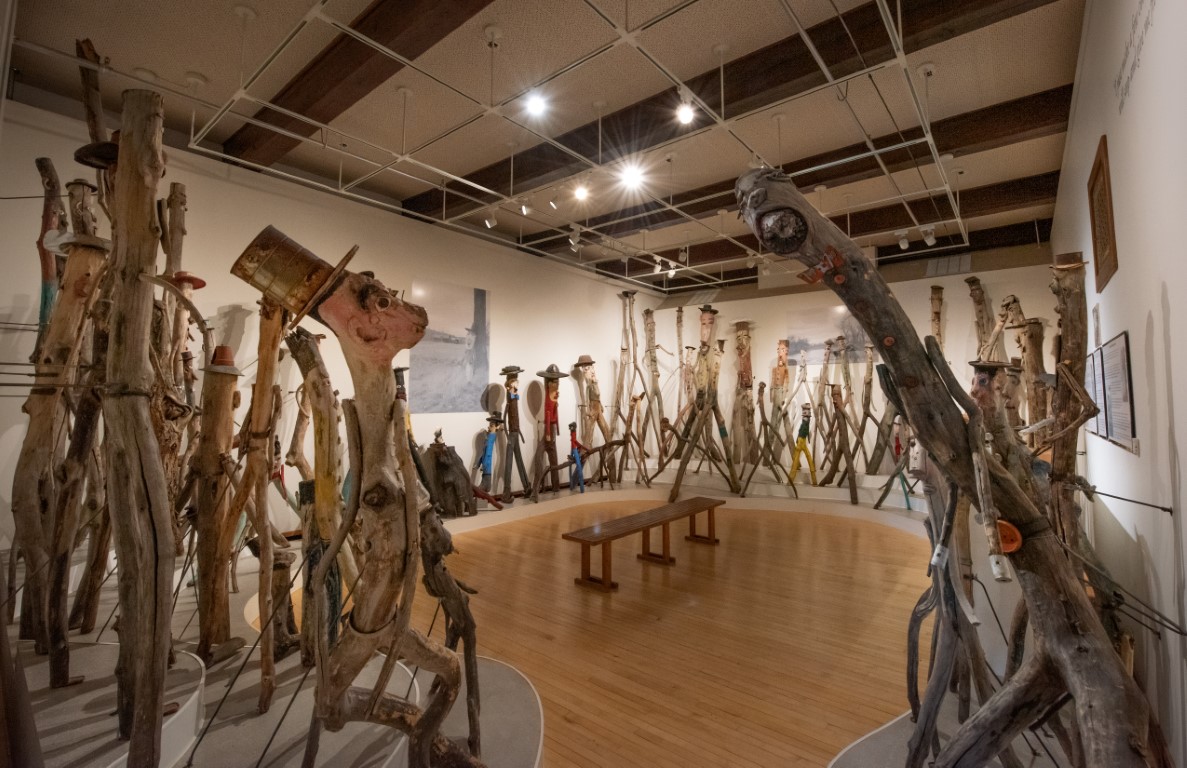
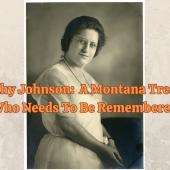


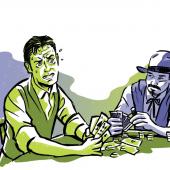
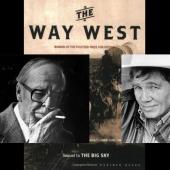







Leave a Comment Here